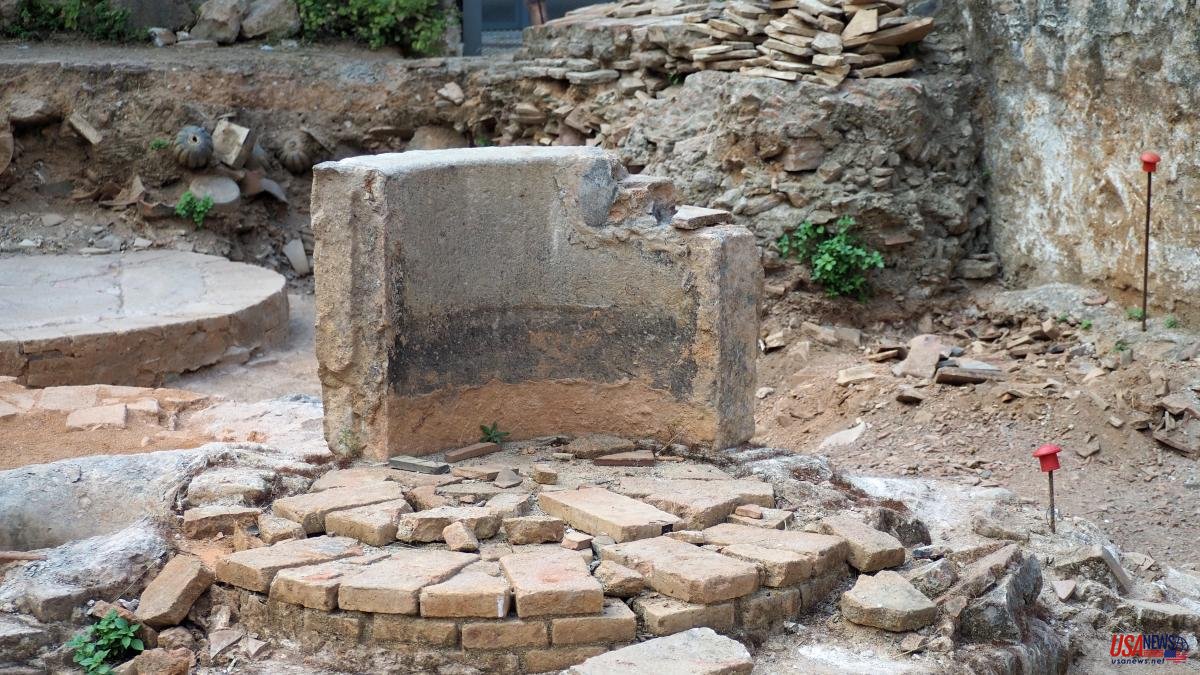The Antoni Tarrés —father and son— were famous Barcelona potters who developed their activity between the 18th and 19th centuries. His work still survives in many buildings in the Raval, but above all it has remained underground for decades, in what was his workshop, now converted into an archaeological training ground for the Faculty of Geography and History, between the streets of Montealegre and Ramelleres.
When the UB faculty settled in the Raval, it was known that the Tarrés workshop had been there, so in 2014 the plot was reserved as a site for practices, as they say at the foot of the classroom, which is a privilege for future archaeologists. Since then, thousands of pieces and fragments of the Tarrés' work have come to light. And it turns out that all the material that had been left in his warehouse was used as filler to level the ground when the workshop ceased its pottery activity and converted to textiles.
Thus, several pools where the clay was decanted and two mills that worked with animal traction to prepare the glazed elements have been unearthed. Two kilns in perfect condition have also appeared, in addition to a multitude of objects that document part of life in Barcelona at the time and, above all, the working method of the potters.
Among the thousands of objects and fragments recovered, pieces of all kinds have appeared: roof tiles, balustrades, sculptures, tiles, crockery, but also singular objects, such as pipes and even a wedge-shaped urinal. Others are already waiting to be unearthed.
The Tarrés workshop was located at the back of what was their home, today number 45 Calle Tallers. Some of the ornamentation made in what is now the archaeological site is also visible on the estate, where the UB organizes guided tours to publicize his work. All the recovered pieces are treated in a laboratory and classified by the students.













